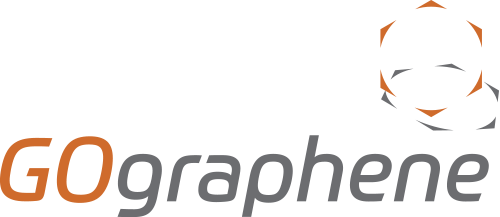Early Cancer Detection using Graphene Oxide
Breast cancer is one of the most common cancers within the UK and it’s the most common cancer in women universally. According to Cancer Research UK, in 2015 23% of breast cancer cases reported were deemed preventable. Researchers found that the gene BRCA1, a breast cancer susceptibility gene, is responsible for 80% of breast and ovarian cancer families. There has also been some correlation between having this gene and your susceptibility to pancreatic and colon cancers. Finding this link has been vital in aiding disease prevention. The biotechnology industry is working towards producing efficient devices to be able to detect this gene in order to prevent and reduce the mortality risk.
The use of graphene oxide in biosensors has been growing exponentially due to the highly useful specifications of GO. Shahrokhian and Salimian successfully produced a graphene oxide coated carbon electrode for DNA probe immobilisation, which was found to be more efficient than current electrodes used for this purpose. The GO layer on the electrode allows for bonding, via an amide bond, to the DNA which makes it an ultrasensitive detector.
To ensure this method of DNA analysis is fast and simple, Shahrokhian and Salimian applied electrochemical reduction methods, which in turn produced rGO on the electrode surface. As the graphene oxide has a larger accessible surface area, it accelerates the electron transfer process, enhancing the conductivity of the electrode.
By adding graphene oxide to the coating on the electrode, researchers were able to produce a highly sensitive biosensor. The properties of GO make it ideal for this area of research and the flexibility of being able to tune the GO properties specific to the research purpose, make it highly applicable in biotechnology.
The range of graphene based materials in current research by academic groups around the world highlights the effect that they will one day have on day to day applications. If you have any enquiries about the applications of graphene oxide or how it can improve your existing applications, please get in touch and one of the GOgraphene team will be happy to help.
Sensors and Actuators, B, 2018, 266, 160-169
